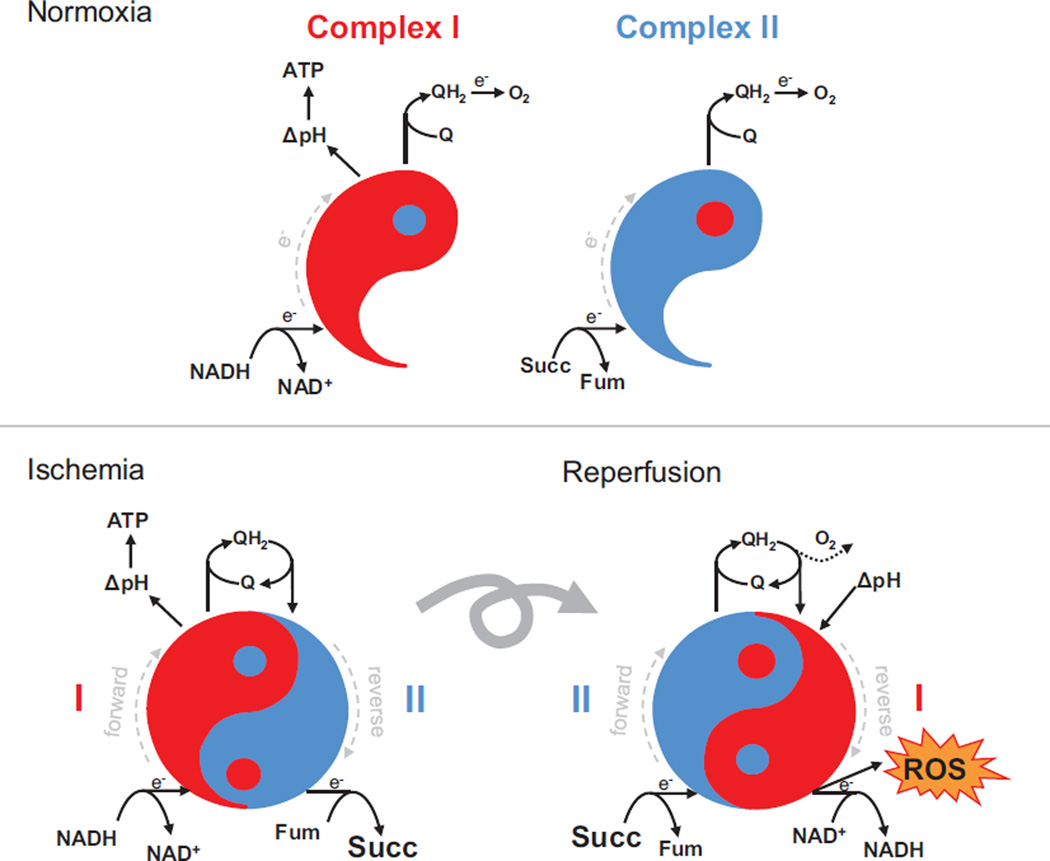Figure 2. Respiratory Complex I and II Yin-Yang during ischemia and reperfusion.
Under normoxic conditions, both complex I (red) and complex II (blue) work in the forward direction (dashed gray line indicates direction of electron flow), taking electrons from NADH and succinate, respectively, and reducing ubiquinone (Q) to ubiquinol (QH2). Electrons are eventually passed down the respiratory chain to O2, and complex I pumps protons to generate a transmembrane ΔpH. During ischemia, QH2 generated by complex I working forward, is oxidized by complex II working in reverse. In this Yin-Yang formation, fumarate acts as an electron acceptor, resulting in accumulation of succinate. This process allows complex I to continue pumping protons during ischemia. At reperfusion, the rapid consumption of accumulated succinate generates too much QH2 for the reoxygenated terminal respiratory chain to handle (dotted line). Coupled with residual acidic pH from ischemia, this drives reverse electron transfer in complex I, resulting in the generation of significant amounts of reactive oxygen species (ROS).

